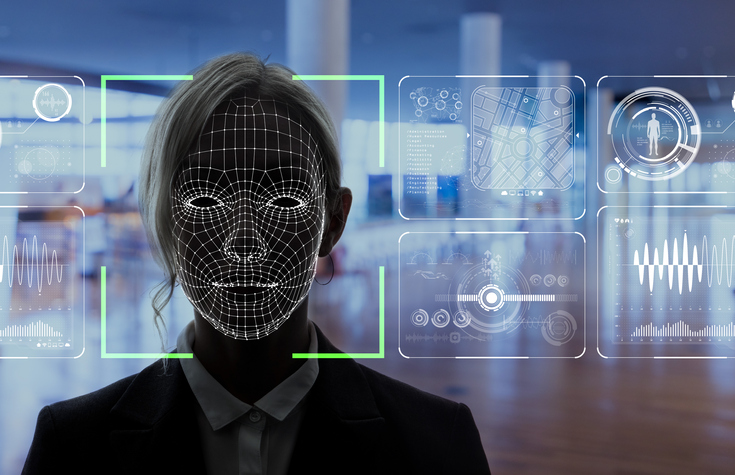Computer vision is exactly what it sounds like. Giving a computer the ability to see, recognize, and process what it is looking at in the way that a human is able to and then react accordingly. It is almost as if we are humanizing a computer. It isn’t easy to provide computers the understanding to identify various objects in that way.
A computer’s ‘vision’ is tightly associated with AI or artificial intelligence being that the computer has to first interpret what it is that it’s seeing and then analyze and give appropriate results based off of that. A human is able to react to a stimulus within a split second performing a complex task. This is where computer vision’s aim is to have computers with the same capacity.
Computer Vision Software Development
Computer vision software development is gaining in popularity increasingly with the notion that there are potential gains to be reaped by replacing the human with the computer in specific areas. Once the computer is able to ‘see’ as we do, it will be able to do it better than nearly any human on the planet.
It is a very versatile technology; one that can be made to adapt to virtually any industry in a variety of ways. Most of us, without probably knowing, have used services that have been enhanced through computer vision.
- Tesla’s Autopilot is perhaps the most famous among the computer vision apps launched in 2014 starting with lane-centering, self-parking, up to self-driving vehicles.
- Amazon Go’s partially automated store with no checkout or cashier where customers simply leave the store with what they want only to be charged through their Amazon account. Things aren’t perfect, there were some snafus where items were being left off of some bills.
- In 2016 BBVA who is a Spanish banking organization brought their customers a new sign-up technology. They simply uploaded a picture of their ID along with a picture of themselves and the company used computer vision for analyzing. Banking in Germany is doing the same thing. It’s proving to be a new way of on-boarding new clients.
- Computers won’t be able to entirely replace our healthcare personnel, but they may be able to assist and alleviate some of the time that the staff puts in that may be better spent in other aspects of patient care, e.g. with diagnostics.
If it is trained correctly, computer vision’s capability for high accuracy allows for it to replace human vision making it extremely beneficial. Today there are humans in positions where artificial intelligence applications could take over with no mistakes saving time, eliminating errors due to fatigue, and cutting down on costs significantly.
As much as we want to praise computer vision software development, it still suffers major challenges. There is a lack of sufficiently annotated images in order to train the algorithms to perform at an optimal level. There is also a lack of accuracy when it comes to the real-world objects which differ from those ingrained in the training dataset. A magazine may be categorized as a book to us, as humans, but a computer sees it as a whole new object requiring that it start its whole process from scratch. It seems to have a little way to go before it’s fully ready to take our reigns.






